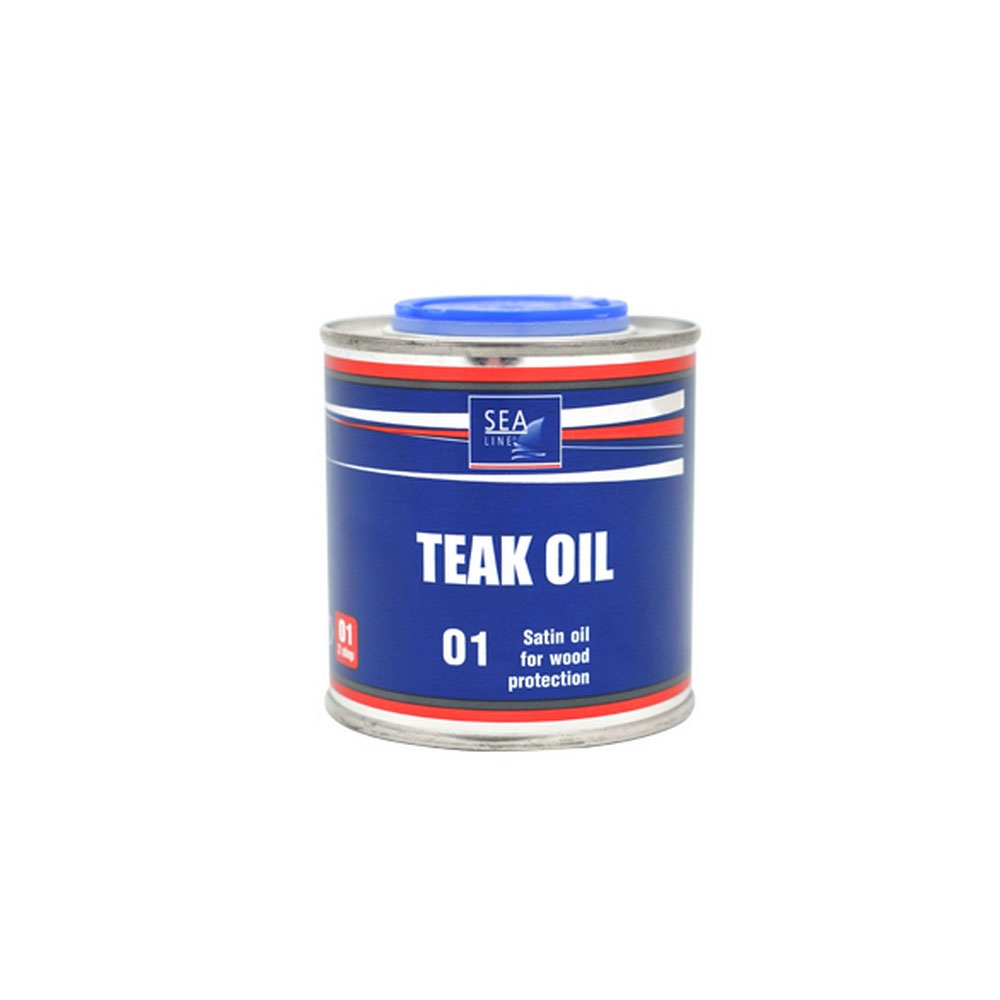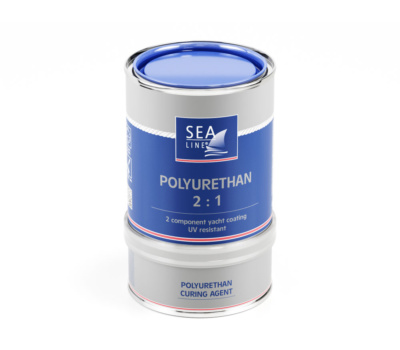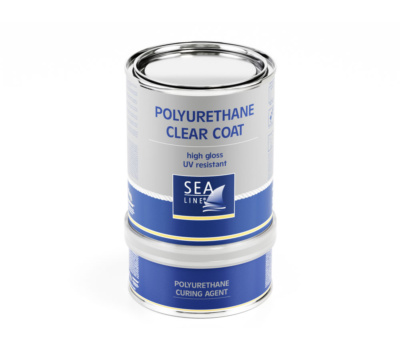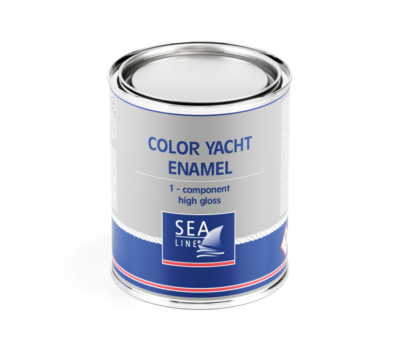Protects wood from moisture and mold formation. Applied directly to the wood surface above and below the waterline.
| Capacity | Code |
|---|---|
| 250 ml | 300007604 |

Manually:
Application process:
Finishing work:
After 3 days of application, you can begin using the O1 TEAK OIL Sea-Line®-treated element.
Due to exposure to UV rays, the oily appearance of the wood will gradually fade with use.
When the wood turns slightly gray, reapply O1 TEAK OIL Sea-Line® according to the instructions.
O1 TEAK OIL is a protective oil for wood based on solvent dispersion of alkyd resin
| Type | teakwood, mahogany, ipe wood, movingui wood, etc. |
| Function | impregnate surface |
| Thinning | non recomended |
| Theoretical coverage For 1l | 11 ~12 m2 |
| Number of coast | depend on needs |
| Pot life 20°C | ok. 30 min |
| Time between the layers | 30 min do not allow to dry layer |
| Dry to the touch 20°C | 5 h |
| Hardening time 20°C | 3 day |

This marine polyurethane topcoat paint is primarily recommended for protecting and renewing surfaces above the

It is a marine topcoat paint recommended for protecting wood and ensuring a long-lasting flawless

Topcoat marine paint 1K (single-component), recommended for use above the waterline and for interior spaces
Sea-Line HARD and Sea-Line self-polishing antifouling are not intended for aluminum surfaces. They include copper oxide, which in contact with aluminum causes galvanic corrosion. Especially on aluminum, we offer ALU-PLUS self-polishing anti-fouling paint, which, in addition to excellent adhesion to aluminum, is also 30% more effective than traditional anti-fouling paints.
Yes, you can paint the bottom of the boat with polyurethane paint due to its high mechanical strength. We recommend this solution when the boat is not launched for a long time and is not exposed to fouling.
We do not sell retail. Our products can be found in many stores in Poland and abroad. Our distributors run stationary and online stores. The full list of distributors and contacts can be found on our website at the following link click here.